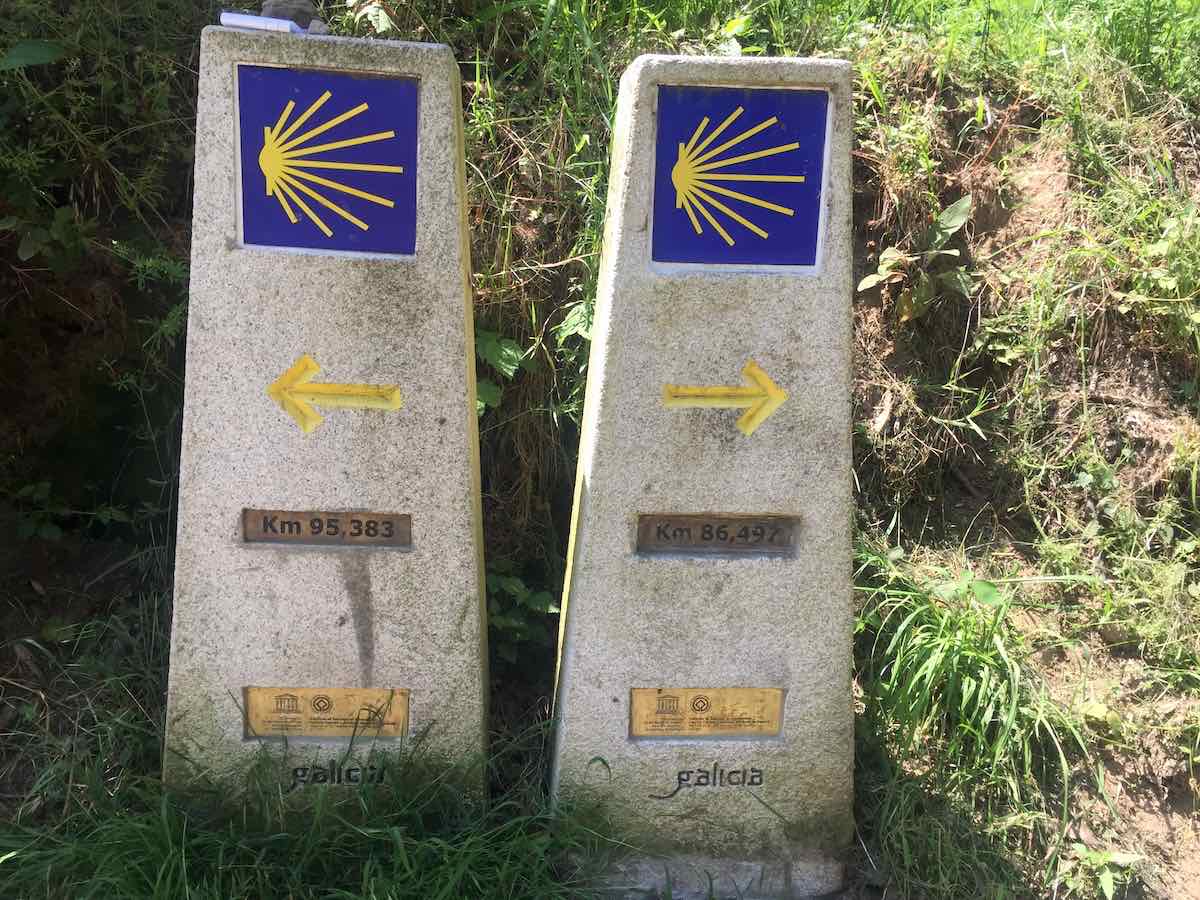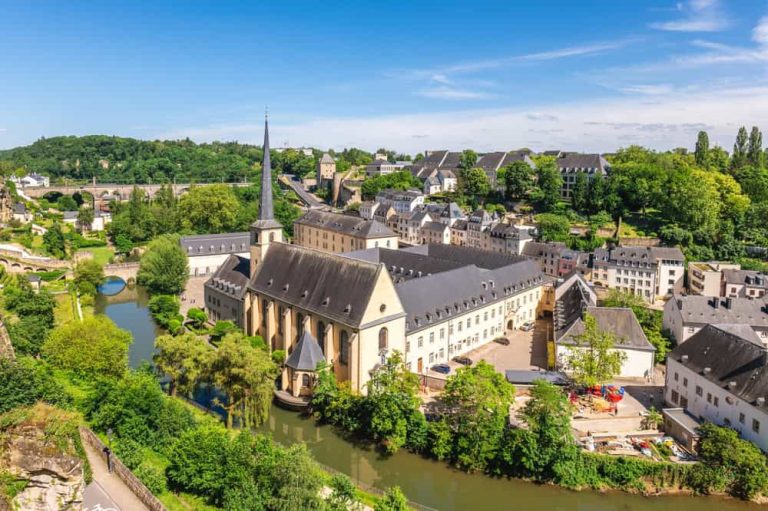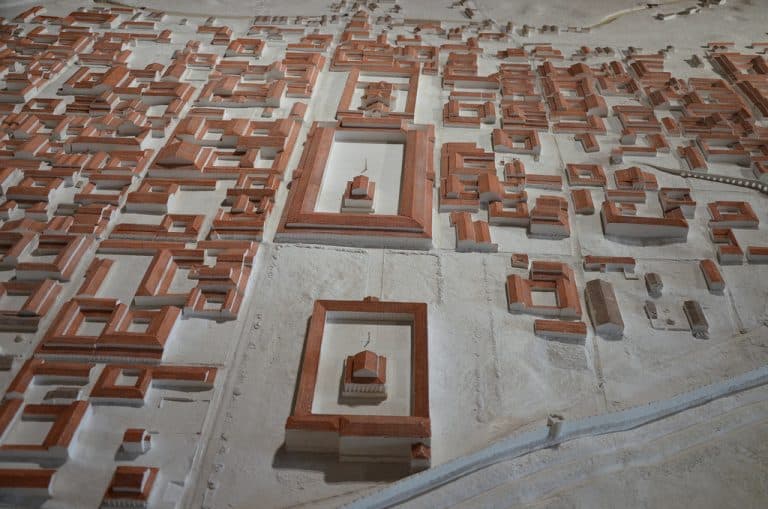Belgian Camino de Santiago: pilgrim way to soul and peace

The pilgrimage to Santiago de Compostela, also known as the Camino de Santiago or the Way of St. James, is a spiritual journey with deep historical and religious significance. It is one of the most popular and renowned pilgrimages in the world.
The pilgrimage’s focal point is the city of Santiago de Compostela, located in the region of Galicia in northwestern Spain. At the heart of the city lies the magnificent Santiago de Compostela Cathedral, believed to be the final resting place of St. James the Apostle, one of the twelve disciples of Jesus Christ.
The origins of the pilgrimage can be traced back to the early Middle Ages when the remains of St. James were discovered in the 9th century. The news of the discovery spread throughout Europe, leading to the emergence of several routes that pilgrims would take to reach the holy site. These routes became collectively known as the Camino de Santiago.
The most famous and well-trodden route is the Camino Francés (the French Way), which begins in the French town of Saint-Jean-Pied-de-Port and stretches approximately 800 kilometers to Santiago de Compostela. However, there are various other routes originating from different parts of Europe, and all of them have their unique charm and cultural significance.
The pilgrimage is not only a religious endeavor but also an opportunity for personal reflection, spiritual growth, and a chance to connect with nature and fellow travelers. People from all walks of life, regardless of their religious beliefs, undertake the journey seeking inner peace, enlightenment, or a break from the fast-paced modern world.
Pilgrims walk, cycle, or sometimes even ride on horseback along the different routes, passing through picturesque landscapes, charming villages, historical towns, and stunning countryside. Along the way, they encounter albergues (pilgrim hostels), churches, and monuments that have been welcoming travelers for centuries.
One of the most cherished traditions of the Camino de Santiago is the issuance of the pilgrim’s credential, a document that gets stamped at various locations along the route. This credential serves as proof of the pilgrimage and allows access to the pilgrim accommodations and special services along the way.
Upon reaching Santiago de Compostela, pilgrims attend the Pilgrim’s Mass at the majestic Cathedral, where they witness the swinging of the Botafumeiro, a large incense burner, in a ceremonial display of gratitude and devotion. Reaching the destination, they experience a profound sense of accomplishment and a spiritual bond with countless other pilgrims who have made the same journey throughout history.
In recent times, the pilgrimage has experienced a resurgence in popularity, attracting people from all over the world, making it a truly international and multicultural experience. The Camino de Santiago continues to be a transformative and unforgettable journey, leaving a lasting impact on the lives of those who undertake it.
Which pilgrimage route should I choose?
As symbolized by the emblematic Jacob’s shell, there are several camino routes, all of which converge at the end at the tomb of James in the Cathedral of Santiago de Compostela. Although the French route attracts the largest number of pilgrims, history and traditions have created several compostela routes that lead you on foot or by bike through northern Spain to Santiago de Compostela.
There are a number of things to consider when choosing your starting point and route to Santiago de Compostela. Among other things; the number of available days you have, in which season are you going, your physical condition, your personal preferences, are you going to walk or cycle the camino, etc.
¡Buen Camino!
The French Route – Camino Frances
(775 km/482 mls)
This is by far the most famous camino route, the most traveled and the most traditional. About 55% of all pilgrims arrive in Santiago via the French route. This Camino starts in St-Jean-Pied-de-Port on the French side of the Pyrenees and crosses northern Spain to Santiago. The French Camino is, in addition to its scenic, artistic and historical splendor, one of the best signposted routes. Because it is the busiest, it is usually not a problem to find provisions along the way.
The primitive route – Camino Primitivo
(321 km/200 mls)
The camino primitivo, or the original camino, is the oldest of the Caminos to Santiago. Approx. 6% of all pilgrims arrive in Santiago via the original camino. The camino starts in Oviedo, Asturias and then via Lugo to Santiago. It is one of the most demanding routes for pilgrims, passing through very sparsely populated mountain areas, with very few services and accommodation in the lesser known parts of Galicia and Asturias.
A big advantage of this camino is that pilgrims can really enjoy the beautiful rugged nature elements along the way. They also pass through the two historic cities of Oviedo and Lugo, the stages contain few distances on asphalt, so this camino route is recommended for real walkers. It is probably one of the most attractive caminos of all Compostela routes.
The Northern Route – Camino del Norte
(815 km/506 mls.)
The strength of this route is the breathtaking landscapes. About 7% of all pilgrims arrive in Santiago this way. Camino del Norte starts in Hondarribia or Irun on the border between France and Spain and winds along the beautiful north coast to Santiago. There is less cultural heritage to see than compared to the other routes and most of the sights are strongly concentrated on certain locations such as Mondoñedo. Another additional advantage of this route is that you have the opportunity to swim in the ocean at one of the many beautiful beaches that you will encounter along the way.
The Portuguese Route – Camino Portugues
(242 km/150 mls)
This is the second most popular route. About 19% of all pilgrims arrive in Santiago via this road. At Spain is More, the Camino Portugues route starts in Porto and you enter Spain via the city of Tui. Until Santiago it goes through the most densely populated places of Galicia, and through cities such as Vigo and Pontevedra, as well as historical villages such as Padron, Caldas and smaller villages. Some pilgrims sometimes indicate that this camino is mostly on asphalt roads, but normally there is not much traffic on this camino route.
The route from Finisterre – Muxia – Camino Finisterre
(89 km / 55 mls – to Finisterre only or 119 km / 74 mls to Muxia via Finisterre)
This is the only camino route that does not end in the Galician capital Santiago. The vast majority of pilgrims use the camino Finisterre as an extension of their adventure to Santiago. Throwing away your clothes and your old shoes at the “end of the world”, watching the sun sink into the Atlantic Ocean, is one of the memories that pilgrims take home from here for the rest of their lives. Walking or cycling this Compostela route is also becoming increasingly popular.
Only about 6% of all pilgrims arrive in Santiago on foot or by bicycle via this camino route. Ferrol used to be the main entrance to Galicia for pilgrims from Britain (hence it’s called the English camino) and also from the rest of northern Europe as they traveled to Santiago to embrace the apostle.
The temperatures, even in summer, are usually good for hiking. It is not one of the busiest or most famous Compostela routes, and for cyclists it is true that they will not be able to achieve their Compostela, because there are not enough kilometers to cover by bicycle on this route. (This is normally at least 200 km.)
Belgian Camino
While the official Camino de Santiago pilgrimage routes are primarily located in Spain, Portugal, and France, there are several Camino routes that pass through or originate from Belgium. These routes, often referred to as the “Belgian Camino,” provide an opportunity for pilgrims in Belgium and neighboring countries to undertake a portion of the pilgrimage without having to travel to Spain.
One of the most well-known Belgian Camino routes is the Via Brabantica. This route starts in the city of Brussels and goes through various towns and villages in Belgium before connecting with the main Camino de Santiago routes in France. The Via Brabantica allows pilgrims from Belgium and nearby countries to embark on a pilgrimage experience from their own doorstep.
Another notable route is the Via Monastica, which originates from the city of Namur in Belgium. This route takes pilgrims through the beautiful Belgian countryside, passing by monasteries and historical sites, before joining the main Camino Frances in France.
While these Belgian Camino routes offer a taste of the pilgrimage experience, it’s essential to note that the most traditional and spiritually significant Camino de Santiago routes are still primarily located in Spain. Pilgrims seeking the full Camino experience, including the final destination of Santiago de Compostela, typically undertake the longer routes in Spain, such as the Camino Frances, Camino Portugues, Camino del Norte, or Camino Primitivo.
The Belgian Camino routes provide a unique opportunity for pilgrims to experience the Camino spirit closer to home and connect with the pilgrim tradition in their own region. They also offer a chance to meet fellow pilgrims and immerse themselves in the sense of community that characterizes the Camino de Santiago, even if they are unable to travel to Spain for the full journey.
Writer Rovendo
Original content license agreement Creative Commons Attribution 4.0 license







